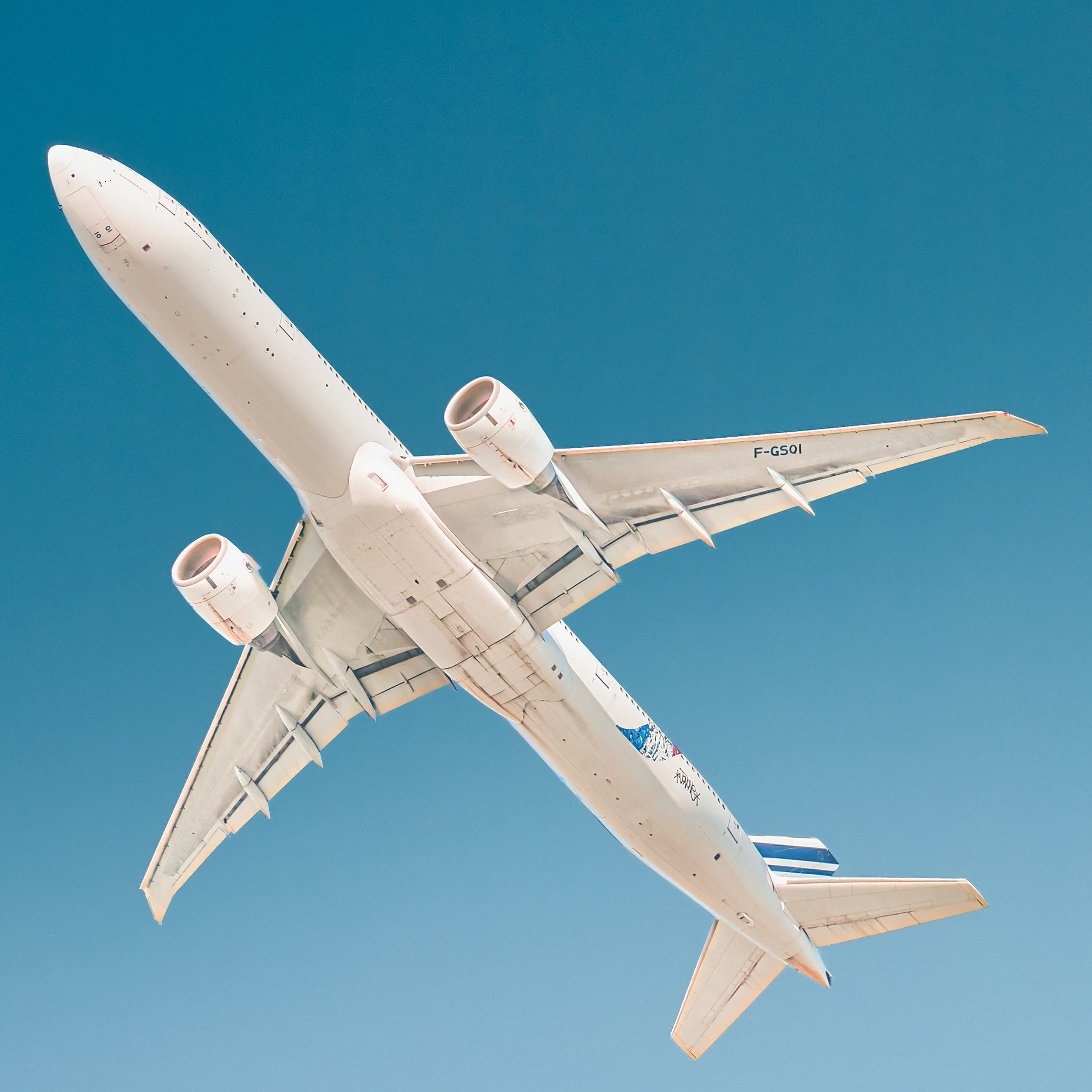This October 14, Texans are about to witness something historic - an annular solar eclipse.
So, what is an annular solar eclipse?
First, let’s establish what an eclipse is in the first place. An eclipse refers to an astronomical event when one celestial body, like a planet or moon, is temporarily obscured by passing through the shadow of another celestial object. In other words, these celestial objects temporarily align in such a way that one of the objects becomes totally hidden from view.
On Earth, we have the chance to experience two kinds of eclipses: a lunar and a solar eclipse. A lunar eclipse is when the Earth moves between the Moon and the Sun. When this happens, the Earth momentarily blocks sunlight from the Moon, which is what makes the moon shine. On the other hand, a solar eclipse happens when the Moon moves between the Sun and the Earth, and casts a shadow on a certain part of the planet.
There are three types of solar eclipses:
Total solar eclipse - the Sun, Moon, and Earth are aligned in a direct line, and the sky becomes completely dark in certain parts of the planet. From a certain viewing point, the Moon covers the Sun completely.
Partial solar eclipse - the Sun, Moon, and Earth are not perfectly aligned, so only a small part of the Sun appears to have a shadow.
Annular solar eclipse - like a total solar eclipse, the Sun, Moon, and Earth are in a direct line; however, this occurs when the Moon is at the farthest point of its orbit, making it appear smaller. As a result, instead of completely covering the Sun, the Moon only covers the center of the Sun, creating a ring-like appearance around it.
This bright ring is what we can expect to see during the upcoming annular eclipse!
Eager to learn more about eclipses?
Come join us for Homeschool Day this October 11 for eclipse-related activities like making your own eclipse viewer and building eclipse models, as well as awesome Learning Labs!










